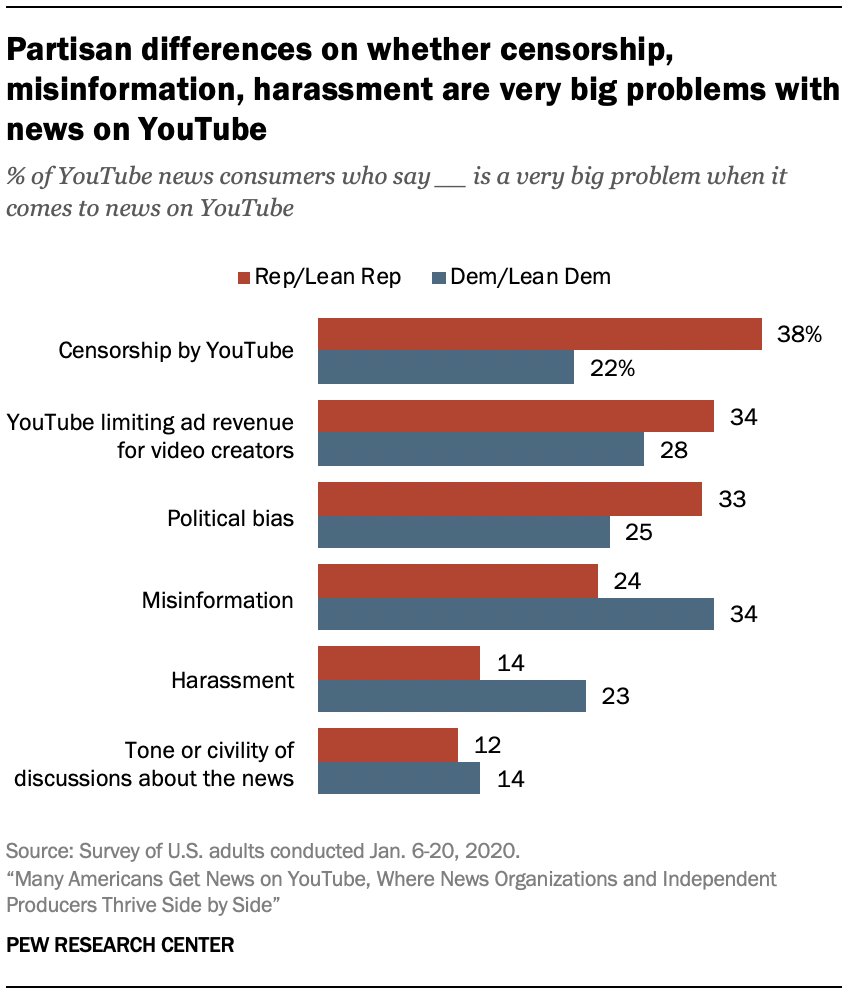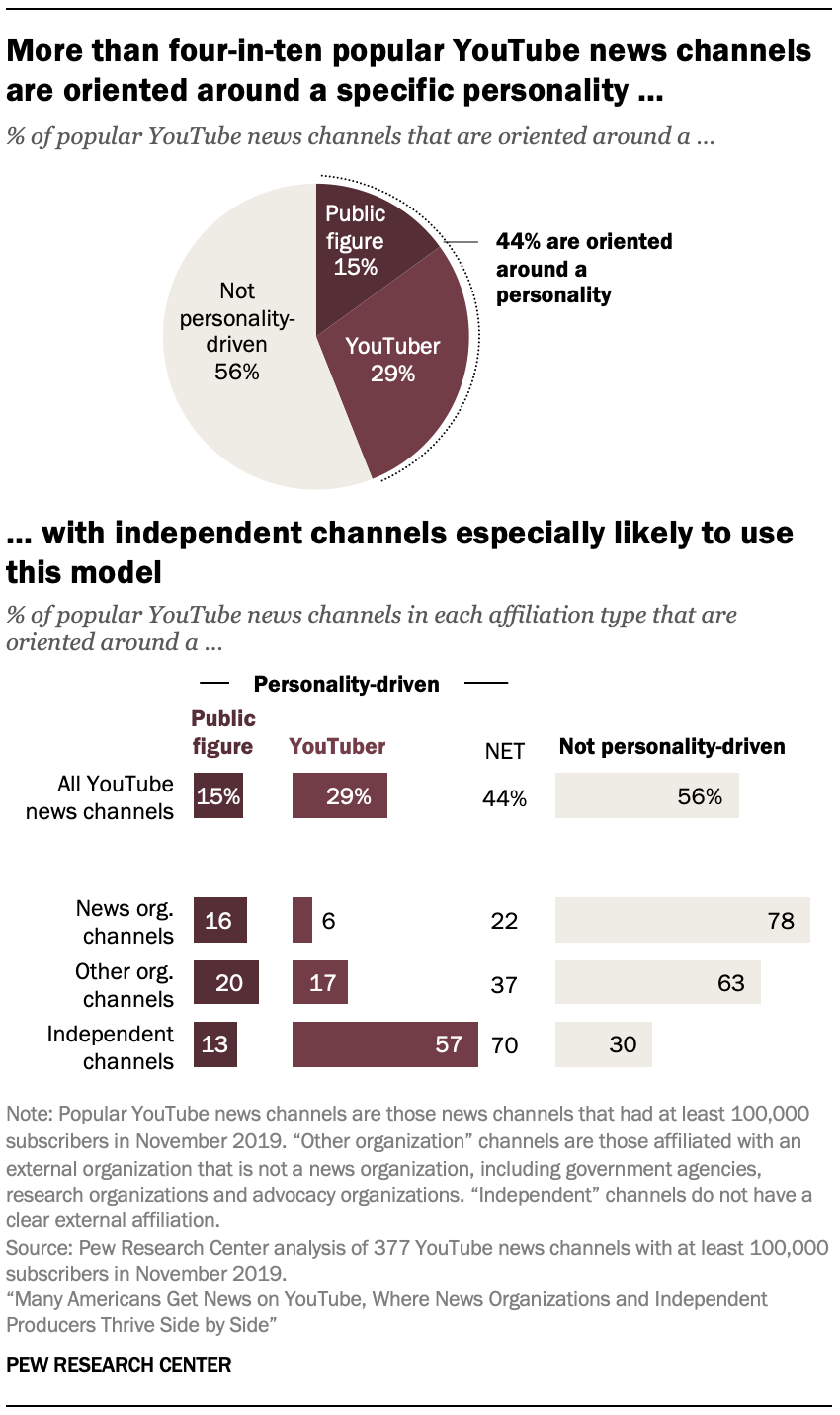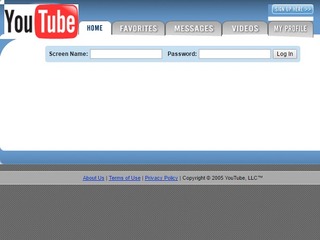The FDA outlines draft guidance on AI for medical devices
The agency also published draft guidance on the use of AI in drug development
Read more... We live in an age now where we have to more wary about our news, including where it's coming from and who's behind it. The long trusted gatekeepers no longer have a lock on what information gets out, and the sad truth is that not everyone is going to go through the same process of verification and fact checking that we are used to. Disinformation is running wild.
We live in an age now where we have to more wary about our news, including where it's coming from and who's behind it. The long trusted gatekeepers no longer have a lock on what information gets out, and the sad truth is that not everyone is going to go through the same process of verification and fact checking that we are used to. Disinformation is running wild.
It's a little scary to think about who people may be listening to and trusting; case in point, a new study out from Pew on Monday found more than a quarter of Americans say they get their news from YouTube, and a good portion of them are not getting it from any kind of reputable source.
Of the 12,638 panelists whp responded to this survey, 26 percent said they get news from YouTube. Of that group it was split pretty evenly, with 23 percent saying that they often get their news from channels related to organizations like CNN or Fox, while another 23 percent said they get their news from what Pew calls "independent video producers," meaning those not affiliated with any news organization.
Overall, 66 percent of people who get their news from YouTube say the videos have helped them better understand current events, while 73 percent expect the information they get to be accurate.
The vast majority, however, do not only get their news from YouTube, as 59 percent said it's an important way to get news but not the most important, and 27 percent said it's not important at all. Only 13 percent of those who gets news from YouTube described it as the most important way to get news.
Young, male and diverse
So, who are the people most likely to turn to YouTube for news? The report describes them as "younger, more likely to be male and more racially diverse than U.S. adults overall."
That means they are 58 percent likely to be men, while half are white, 25 percent are Hispanic and 14 percent are Black. That is compared to the actual racial breakdown in the country, which is 63 percent white, 16 percent Hispanic and 12 percent Black.
The study didn't quite break down the demographic of YouTube news consumers by political affiliation, but it did identify what issues are most important to each side of the aisle.
On the Republican, and independent leaning Republican, side the biggest concerns are around censorship by YouTube, as well as demonetization and political bias. For Democrats, meanwhile, the biggest issues they see are misinformation and harassment.
One thing both sides can agree on, though: that the tone, or civility of discussions, about the news on YouTube is not a very big problem. A closer look at YouTube channels
A closer look at YouTube channels
The study also analyzed the most popular YouTube channels themselves, taking a deeper look at 377 of the most popular news channels, to see what they cover and how they lean. These are channels that, as of November of last year, had at least 100,00 subscribers.
What Pew found was that that 49 percent of these channels were affiliated with a news organization, meaning they are the official channel of a news outlet, a channel focused on a particular program or show from that outlet, or a channel featuring associated journalists or anchors. Meanwhile, another 42 percent are independent channels, or those that don't have a clear affiliation with a news organization.
More interestingly, it was determined that more than 40 percent of the most popular channels were driven by a single personality or individual. That includes public figures who were already famous, like John Oliver and Bill Maher, or people who are known as "YouTubers," aka those who became famous for being on YouTube.
It was the independent channels that were more likely to feature these types of hosts, rather than those affiliated with a news organization, with 70 percent of these channels hosted by a single personality. That includes over half which are hosted by YouTubers. Comparatively, only 22 percent of channels affiliated with news organizations are personality-driven.  Again, breaking it down into ideological lines is difficult, because most channels don't actively identify themselves as being liberal or conservative-leaning; only 12 percent of the most popular channels do this and even then the report says that "this does not necessarily line up with the content of their videos."
Again, breaking it down into ideological lines is difficult, because most channels don't actively identify themselves as being liberal or conservative-leaning; only 12 percent of the most popular channels do this and even then the report says that "this does not necessarily line up with the content of their videos."
Of those that do pronounce their leanings, 8 percent are right wing and 4 percent are left wing, though, when asked, 32 percent of YouTube news consumers said channels lean left, and 14 percent said they lean right.
Perhaps not surprisingly, independent channels are more likely to announce their political views, with 17 percent doing so, while 14 percent of channels affiliated with other organizations express an ideological orientation.
(Image source: immediatefuture.co.uk)
The agency also published draft guidance on the use of AI in drug development
Read more...The biggest focus areas for AI investing are healthcare and biotech
Read more...It will complete and submit forms, and integrate with state benefit systems
Read more...
